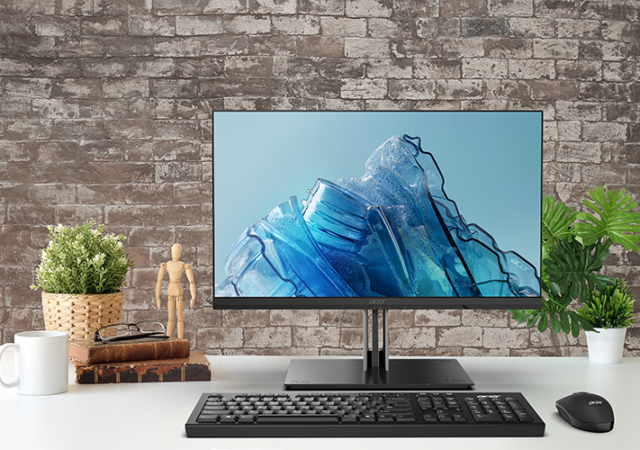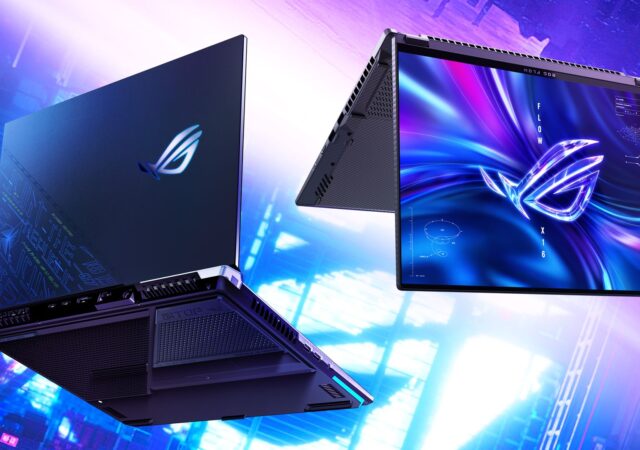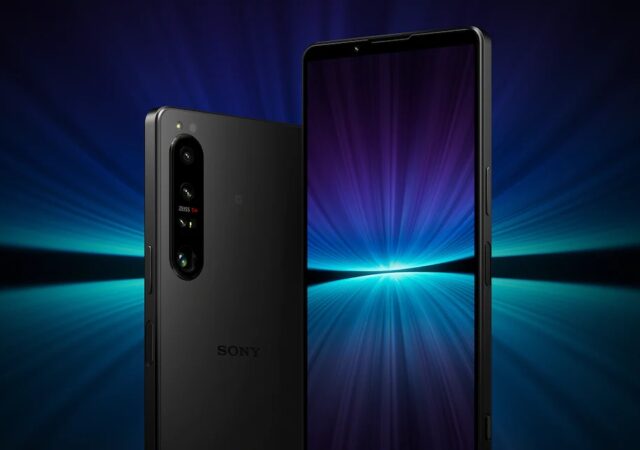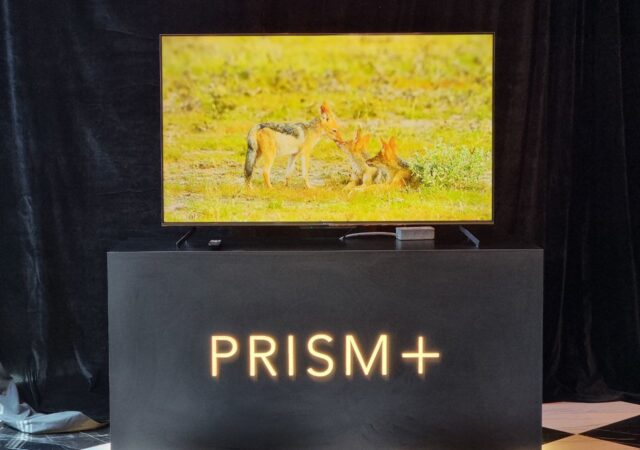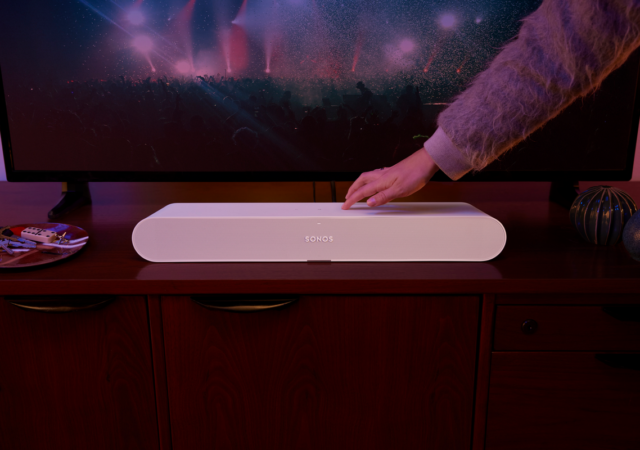Acer expands its Vero line-up with an AIO and two new monitors. The Aspire Vero is also getting an upgrade at this Next@Acer announcement.
[next@acer] Predator Helios 300 SpatialLabs Edition Brings Stereoscopic 3D to Gaming
Acer’s SpatialLabs edition laptops were first announced for the designer focused ConceptD lineup. The technology allows for a more immersive experience when it comes to 3D design and content. This year, the company bringing SpatialLabs technology to their Predator with…
Streaming Meets eCommerce in iQiyi’s New Comedy – My Ofis
iQIYI looks to revitallise the local content industry with Malaysia’s first ever office sitcom – My Ofis. The series also has eCommerce integration.
OPPO Launches the Find X5 Pro 5G in Malaysia – Another Hasselblad Masterclass at MYR 4,999
OPPO is launching the Find X5 Pro with Hasselblad developed camera for MYR x,xxx with MariSilicon X dedicated imaging NPU.
ROG Unveils Two New Gaming Laptops – The Strix SCAR 17 SE and the Flow X16
ASUS unveils two new gaming laptops – the ROG Strix SCAR 17 SE and the ROG Flow X16 pushing the boundaries of gaming laptops.
Garmin vívosmart 5 is Here for MYR730 – Garmin is Not Just Big and Bulky
Garmin launches their latest entry-level fitness band, the vívosmart 5 in Malaysia. The new fitness band sets you back MYR 730.
Sony Reveals the WH-1000XM5 with Even Better Noise Cancelling – How do They Keep Doing That?
Sony introduces their new WH-1000XM5. The fifth-generation noise cancelling headphone features better noise cancelling and new design.
Sony’s Xperia 1 IV is Proof That Your Smartphone is All You Need to Get Started in Content Creation
Sony has released their latest flagship for 2022, the Xperia 1 IV with improved camera features and Qualcomm Snapdragon 8 Gen 1.
PRISM+ Officially Launches Their New Q Series Pro TVs – 86-inch 4K UHD TV for Less Than MYR 10,000? Yes, Please!
Prism+ launches additions to their premium TVs, the new Q55 PRO QE and Q65 PRO QE with Dolby Atmos and Vision at MYR 2,399 and MYR 3,299 respectively.



